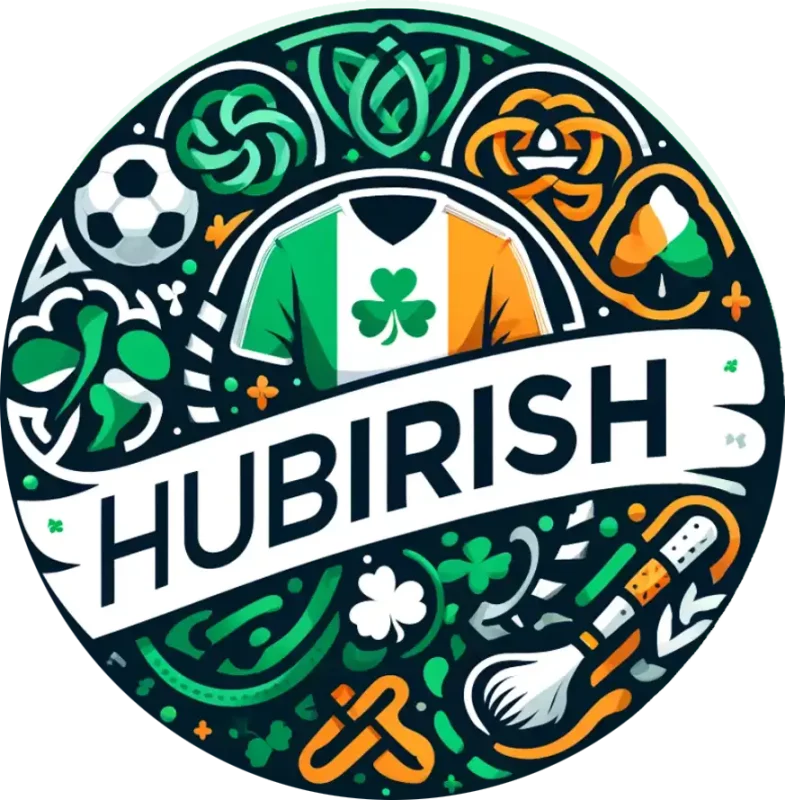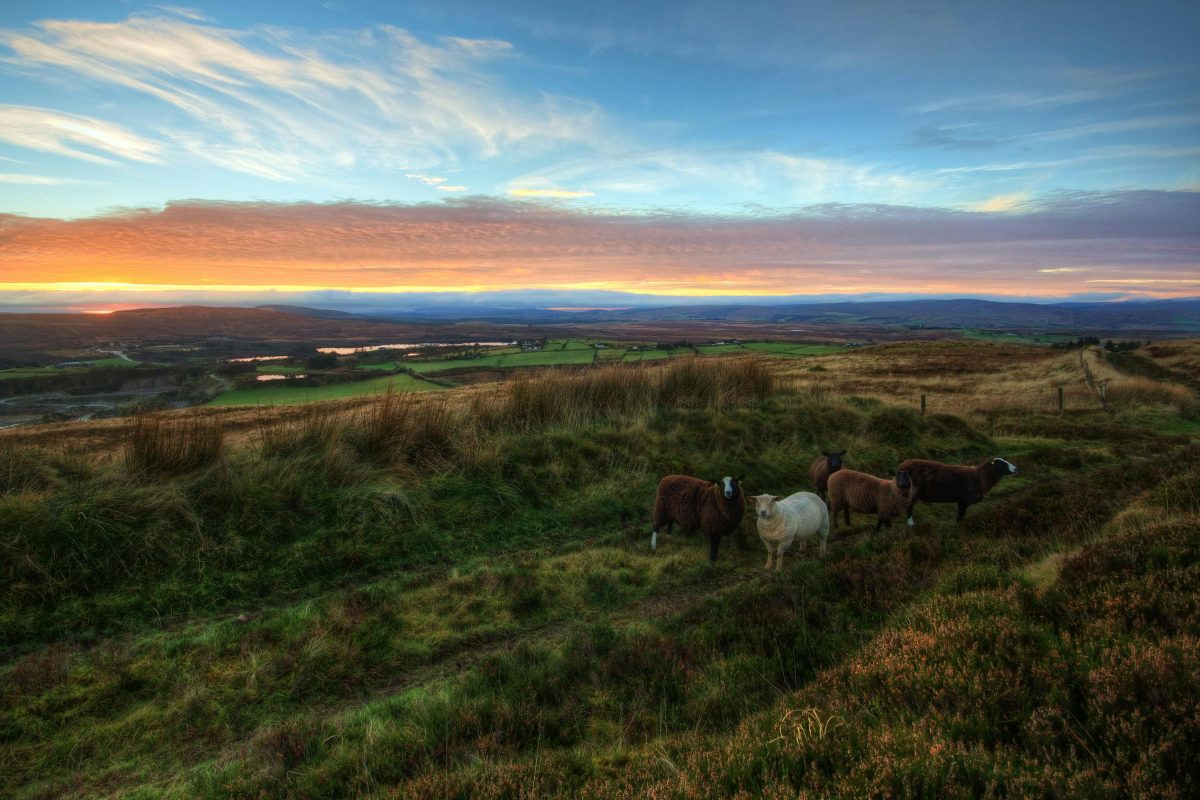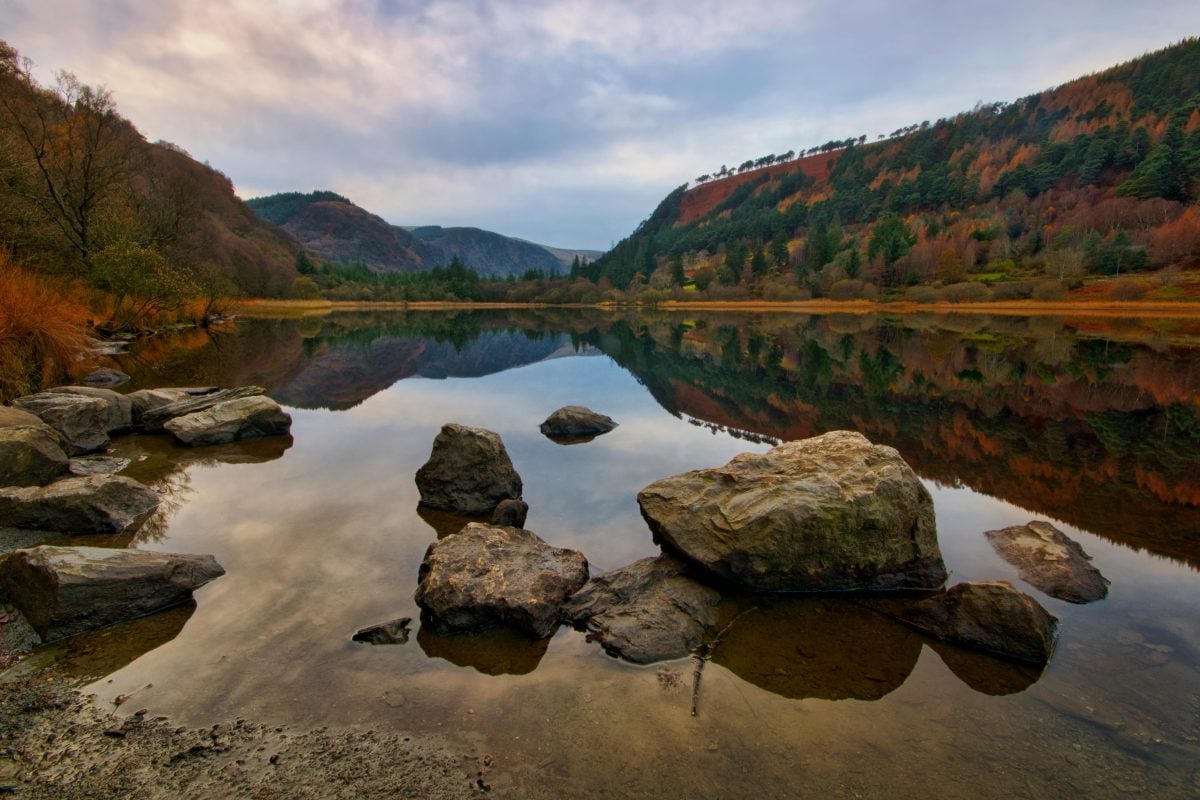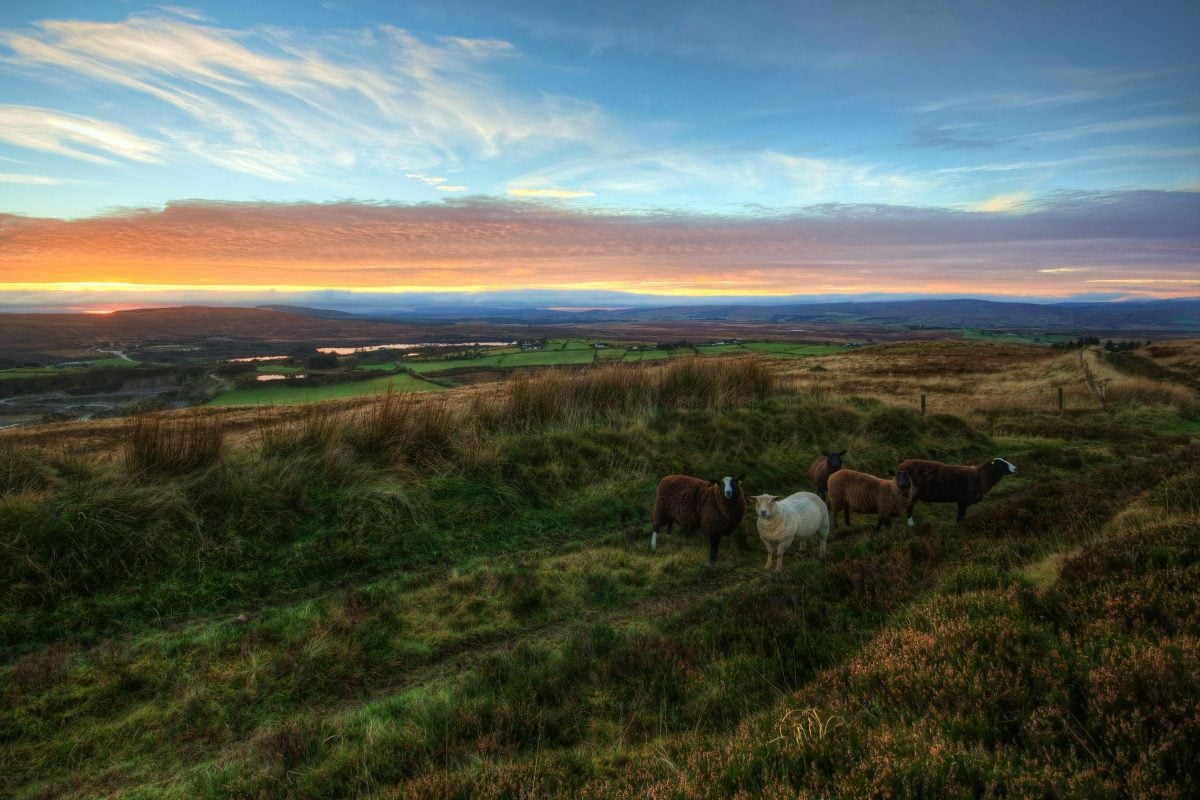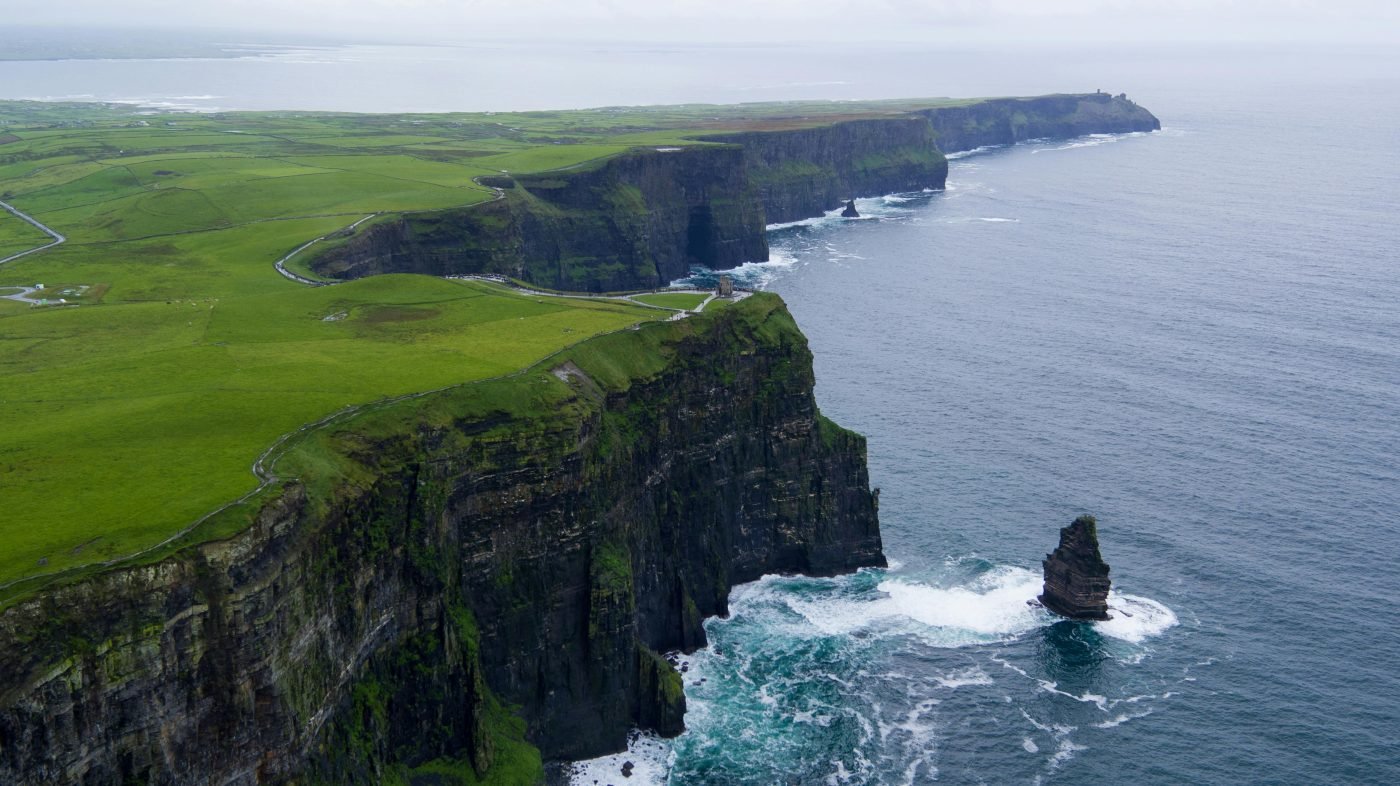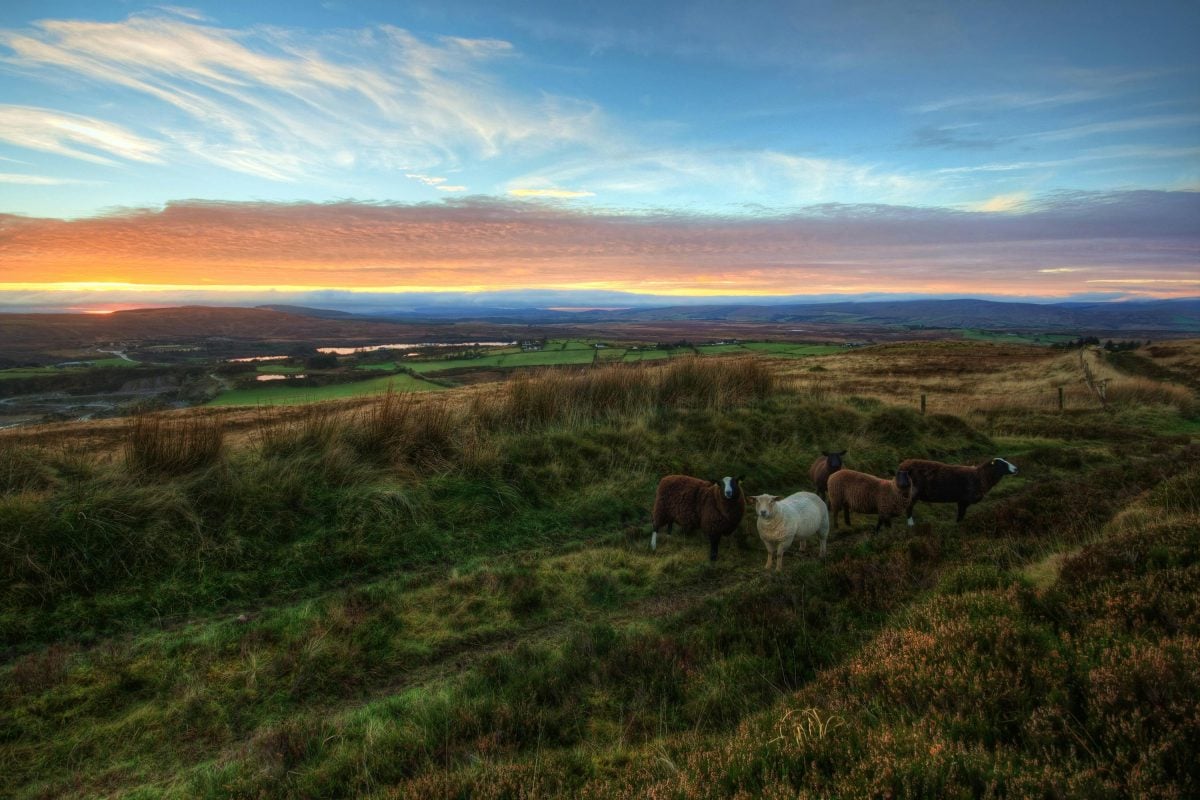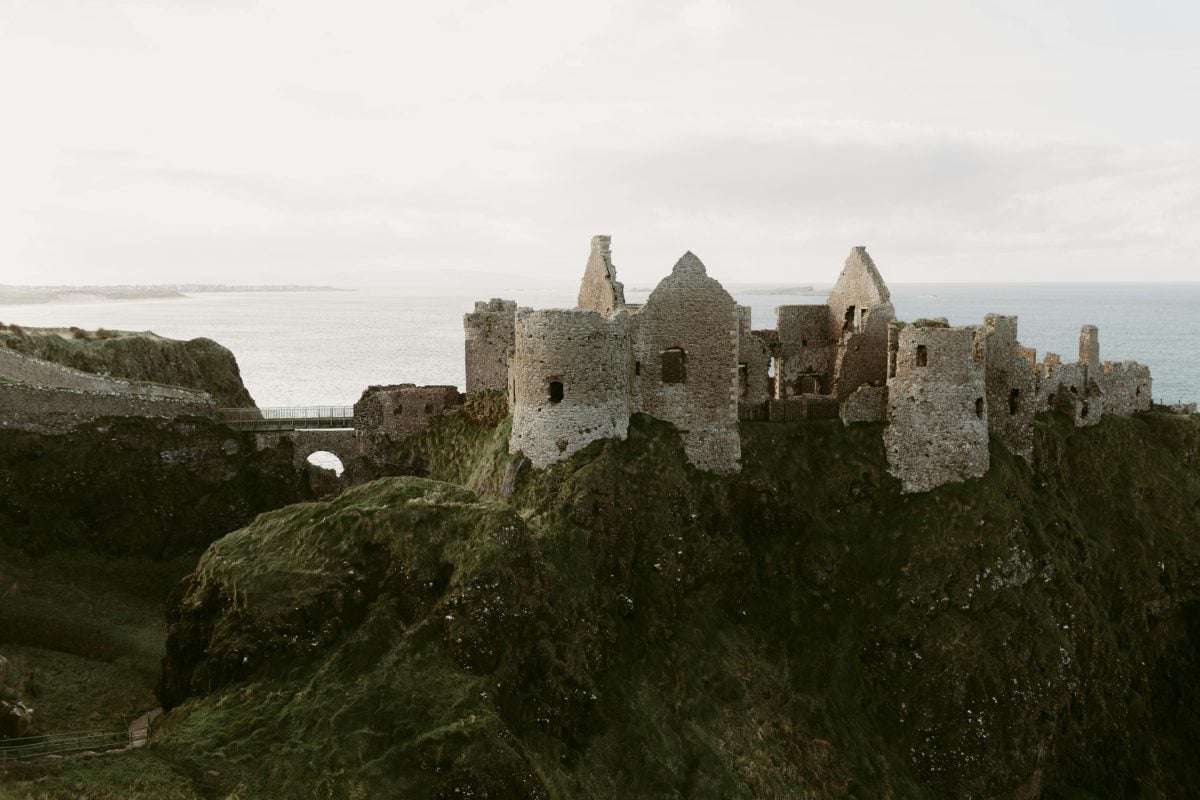The Day the I.R.A. Declared a Ceasefire: How Hope Broke Through the Walls of Derry
Estimated reading time: 6 minutes
Key Takeaways
- The I.R.A. ceasefire of 1994 was a pivotal moment in the Northern Irish peace process.
- Derry’s rich culture continues to thrive despite its tumultuous history.
- Resilience in communities reflects the lessons learned from the past.
Table of Contents
Introduction
A Moment in Time
The Wider Echo
The Now & The Next
Did You Know?
FAQs
Final Word
Introduction
Some days feel brighter than the sun. Some days feel like a sigh of relief drawn from the depths of despair. For those who bore witness, August 31, 1994, stood as a turning point — the day the I.R.A. declared a ceasefire and hope washed over the bruised and battered streets of Derry like a fresh breeze through a cracked window. In the shadow of history’s wounds, hearts dared to hope again.
A Moment in Time
Derry, a city cradled in the arms of conflict, was known for its towering walls, suffocated dreams, and the sound of gunfire echoing through its streets — a symphony of sorrow that played too long. The walls stood not just as barriers but as echoes of the past, filled with stories of loss and longing. The I.R.A.’s announcement was a siren song; it brought the promise of peace, flickering hope amidst the rubble. People poured onto the streets, tears mingling with laughter, their faces alight as if the very sun had chosen to shine for the first time in decades. You could hear the whispers of the past juxtaposed with the excited chatter about what the future might hold. Derry, with its turbulent history, now held a fragile dream — the possibility that a new chapter was beginning. Derry is in Northern Ireland, a place of resilience and revolution.
The Wider Echo
This ceasefire echoed beyond Derry, sending ripples through the hearts of the Irish diaspora and drawing attention from all corners of the world. The streets of Boston and New York buzzed with disbelief and hope as families shared stories through phone lines stretched too tight. It ignited conversations in pubs across the globe, where the echo of “no more” was more than an ideal; it became a rallying cry for those who longed to see an end to violence. The moment was transformative, a delicate dance on the edge of history, leading to the eventual Good Friday Agreement and a new, cautious peace. The journey was fraught with setbacks, yet that day marked the beginning of a new narrative — one grounded not in violence but in the shared humanity of living together.
The Now & The Next
Fast forward to today, the ghosts of history remind us that peace isn’t simple; it’s a craft, shaped by the hands of those willing to dream. In cafés and community centers in Derry, the laughter of children spills through the air, yet the weight of the past still lingers. The lessons learned during The Troubles are woven into the fabric of modern Irish life, teaching young people that resilience is more than survival; it’s also about thriving. It’s about coming together, despite differences, and refusing to let the walls built by hate limit their vision. These sentiments echo in the streets of Cork, where community activists work tirelessly to ensure that the memories of conflict fuel connections instead of fractures. The legacy of that ceasefire continues, lighting the way forward, reminding us that hope can indeed break through walls.
Did You Know?
- The I.R.A. ceasefire of 1994 was one of the first significant steps towards the peace process that ultimately led to the Good Friday Agreement in 1998.
- The city of Derry was not just a battleground; it has a rich cultural heritage, including a vibrant arts scene that continues to flourish today.
FAQs
What was the impact of the I.R.A. ceasefire on the peace process?
The ceasefire was a crucial turning point, paving the way for dialogue that led to the Good Friday Agreement. This agreement decreased violence and fostered political cooperation between communities in conflict.
How does Derry’s history influence its culture today?
Derry’s tumultuous past informs its artistic expressions and community activism, making it a beacon of resilience, culture, and social justice initiatives present in the contemporary narrative of post-conflict Ireland.
Final Word
In that moment of declaration, a spark ignited — reminding us that beneath the rubble of our histories lies the profound power of hope. Let us carry that fire forward, breathing life into our stories, and lifting each other as one people. If you carry the same pride we do, you’ll find a piece of home waiting at
HubIrish.com.
